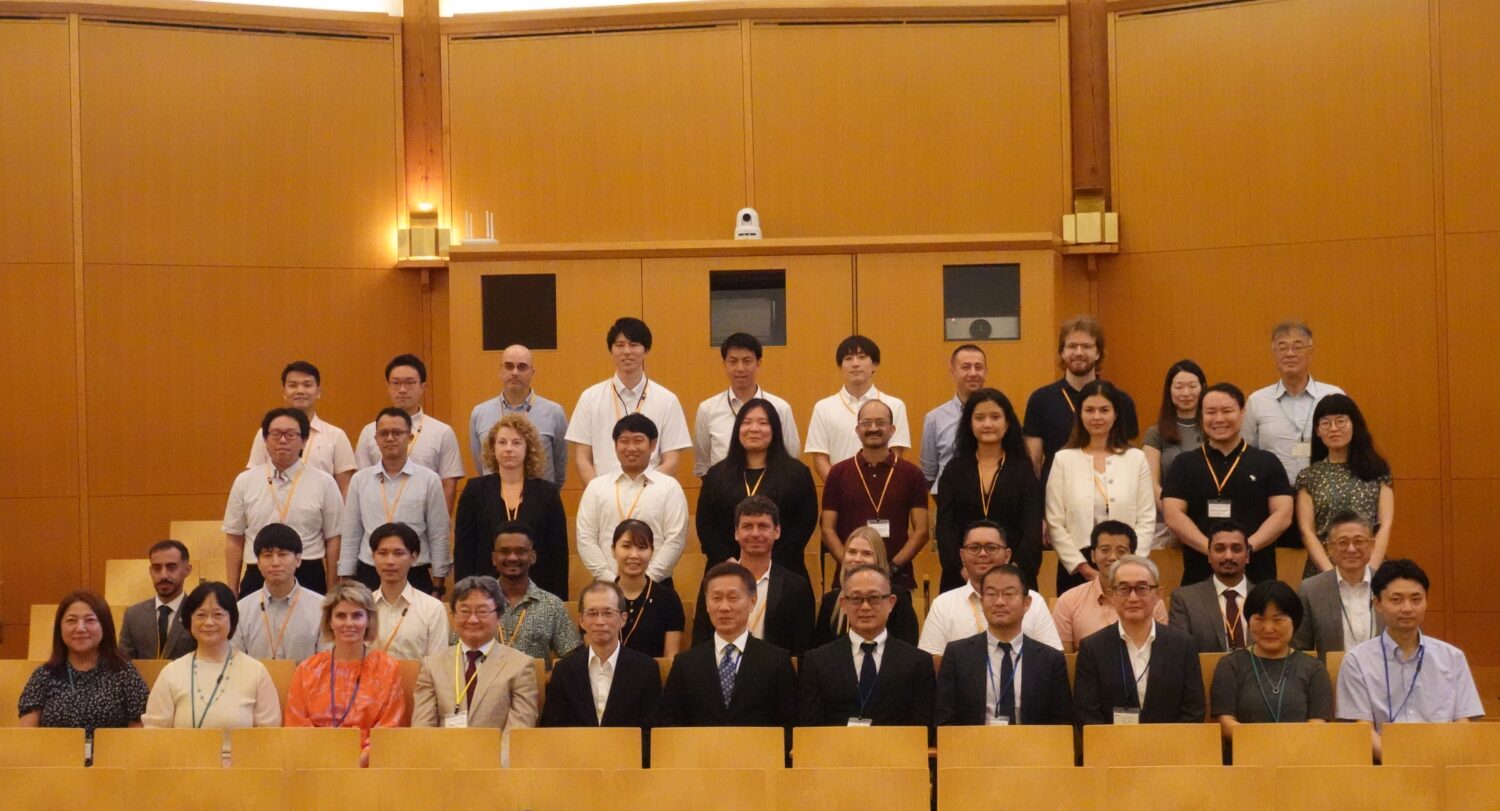Although ANRE said that there was no need to request special energy conservation measures overall, it added that they may become necessary in Hokkaido, where demand will increase during the severe cold season and power interchanges with other areas are limited.
Representatives of the Agency explained the outlook at the first meeting of the electricity and gas basic policy subcommittee under the Advisory Committee for Natural Resources and Energy, having addressed the issues separately for electricity and gas.
ANRE based its policies on a report on the country’s major power utilities released by the Organization for Cross-regional Coordination of Transmission Operators (OCCTO), inaugurated in April 2015. The organization had gathered data about the country’s actual energy supply and demand in the summer and winter—both seasons when power demand increases—while also looking at the effects of the full deregulation of Japan’s retail power market in April 2016. The report was later expanded to include newcomers to the market.
A detailed look at Japan’s energy supply and demand this past summer shows that additional supply became available last month, thanks to the resumption of the normal operation of the Ikata-3 Nuclear Power Plant (PWR, 890MWe), owned and operated by the Shikoku Electric Power Co.
Given that the operation of nearly all the country’s NPPs was suspended after the giant March 2011 earthquake, however, Japan still remains highly dependent on thermal power. The report thus strikes a note of warning concerning the increasing risk to the stability of the electricity supply.
Meanwhile, when considering various power sources realistically, ANRE, in its examination of energy supply and demand for the winter, assumes in its outlook that no further nuclear reactors will be restarted, based on what can be reliably be expected.
In the wake of the giant earthquake five years ago, several thermal power plants that had been shut down for many years were brought back into service to supply the needed electricity. Of those thermal plants, though, those able to generate 7,940MWe (4,630MWe in the outlook for last summer) will be out of service again this winter, as they require new parts and repairs as a result of aging and the deterioration of facilities.
In August, for example, the Shikoku Electric Power Co. suspended operation of its Anan-2 oil fired plant (220MWe)—in service for a cumulative 47 years—for the long term because of the extent of its deterioration since restarting after the earthquake. Similarly, the Hokkaido Electric Power Co. has stopped operating its largest coal plant, the Tomato-Atsuma-4 coal fired plant (700MWe), creating a 12.7% loss in its capacity reserve margin.
As the unanticipated suspension of future reactor operation could have significant negative effects, ANRE examined various matters carefully and confirmed that the country could overcome the largest risks ever encountered in the past.
In addition, the subcommittee began addressing the future of the energy industry in Japan, primarily in the areas of electricity and gas, looking toward the year 2030.
A survey conducted last month of consumer opinions about power deregulation showed that around six-tenths of those who had changed their power suppliers or rate plans felt that their lives had changed somewhat, primarily in the sense that their “energy-saving awareness improved.”















